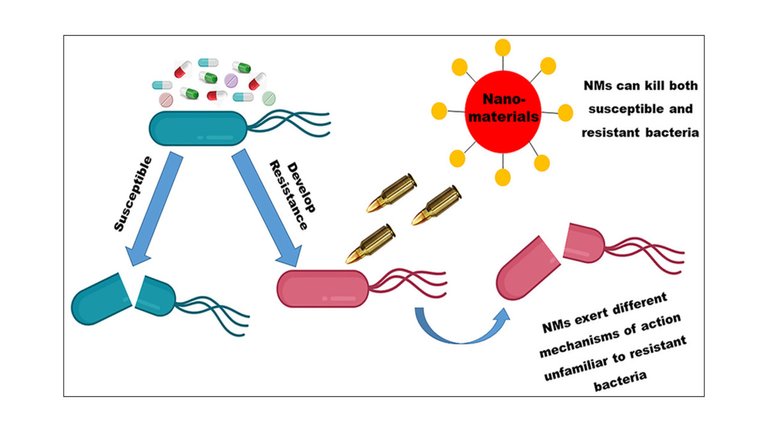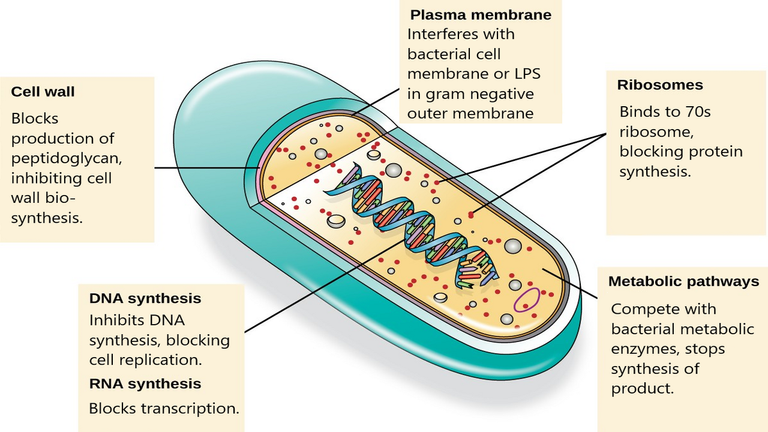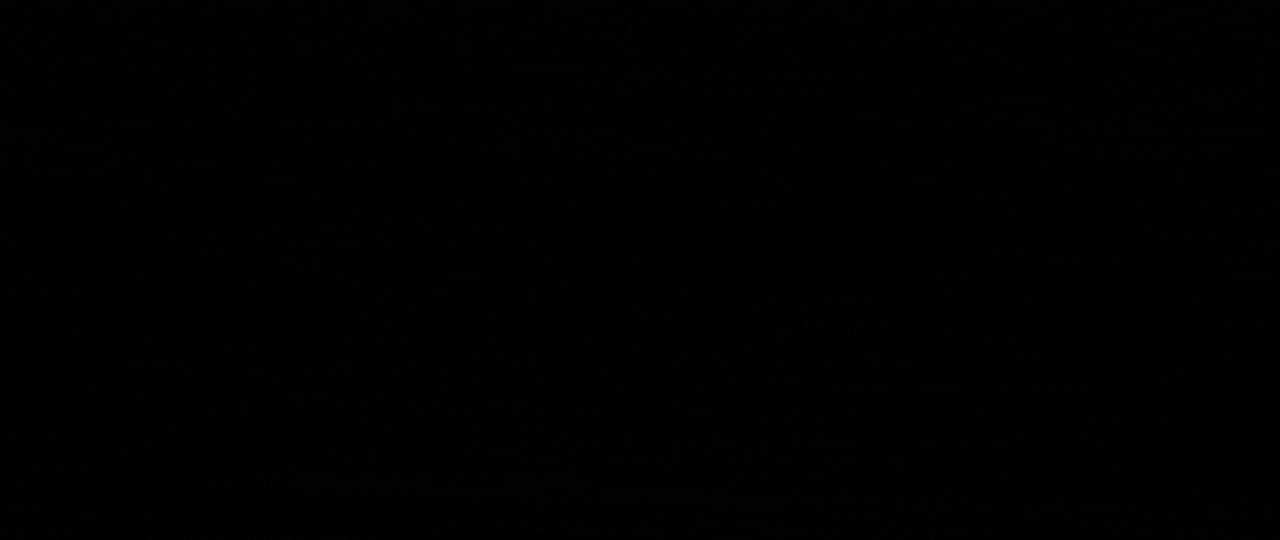The Guardians Against Microbial Menace: Antibacterial Agents |ChemFam #59|
Greetings to everyone! In the realm of healthcare and hygiene, the battle against bacterial infections has long been a priority. The fight against bacterial infections over the last 70 years has been one of the great success stories of medicinal chemistry, yet it remains to be seen whether it will last. Antibacterial agents are the unsung heroes in this war, quietly working to safeguard our health by combating harmful bacteria. From the discovery of the first antibiotics in the early 20th century to the modern era of sophisticated antibacterial compounds, these agents have played a crucial role in preventing and treating bacterial infections. We shall delve into the fascinating world of antibacterial agents, their importance, mechanisms of action, and the challenges they face.

Although the number of deaths from bacterial infections in developed countries has decreased, bacterial infections still continue to be a major cause of death in the developing world. For example, the World Health Organization estimates that pneumonia killed 2 million people in 2002 and infected a one third of the world's population. The organization estimates that 1.9 million children worldwide died of asthma in 2000, with 70 percent of these occurring in Africa and Asia. Also, every year four million children die from intestinal infections and diarrhea caused by these infections. While food poisoning caused by E. coli bacteria has become popular all over the world in the developed world.
The History of Antibacterial Agents
There is evidence that antibacterial herbs or potions have been used for centuries. For example, the Chinese use mouldy soybean curd to treat carbuncles, boils, and other ailments. Greek healers used wine, myrrh and inorganic salts. In the Middle Ages, certain types of honey were used to prevent infection after an arrow wound. Of course, at that time there was no way of knowing which bacteria caused these diseases.
Bacteria are single-celled microorganisms, first discovered by van Leeuwenhoek in 1670s after he invented the microscope. However, their connection with diseases was not confirmed until the nineteenth century. The French scientist Pasteur conducted experiments that showed that certain bacteria are essential for fermentation, and that these and other bacteria are more common than previously thought. The possibility that microbes could cause disease is beginning to emerge.
One of the first proponents of the "germ theory of disease" was the Edinburgh surgeon Lister. Lister introduced carbolic acid in theaters and churches as an antiseptic and sterilizing agent, despite the opposition of many of his colleagues, who were furious that they thought his own patients might also be infected.


Paul Ehrlich is considered as the father of chemotherapy (the use of chemicals against infection). Ehrlich spent most of his career working on histology, then immunochemistry, and won the Nobel Prize for his contributions to immunology. However, in 1904 he changed practice and entered the field he defined as chemotherapy. The principle of Ehrlich chemotherapy is that the chemical can directly affect the growth of liver cells in the host. The concept is popularly known as the "magic bullet"; where the drug is designed as a projectile that seeks out and destroys invading microbes without affecting the host.
This technique is a selective toxicity technique in which the chemical is more toxic to the target microbe than to the host cell. This option can be presented as a chemotherapy test that compares the minimum dose of the drug with the maximum dose the host can tolerate. This selection measure was eventually replaced by the existing drug therapeutic index.
By the end of 1910, Ehrlich had successfully developed the first example of a purely synthetic antimicrobial drug. This was the arsenic containing compound salvarsan. Although it was not effective against a wide range of bacterial infections, it did prove effective against the protozoal disease of sleeping sickness (trypanosomiasis) and the spirochete disease of syphilis. The drug was used until 1945 when it was replaced by penicillin.

Over the next 20 years, progress was made against many protozoal diseases, but little progress was made in finding antibacterial agents until the introduction of proflavin (a drug used to treat deep wounds for bacterial infections of the wound during World War II) in 1934. Unfortunately it is a very toxic drug to be used against systemic bacterial infections (i.e. those carried in the bloodstream) and drugs that can prevent these diseases are still being sought.
This need was met with the discovery in 1935 that a red dye called prontosil was effective against streptococcal infections in the body. Prontosil has finally been recognized as a new class of antibacterial agents- sulfonamides or sulpha drugs. The discovery of these drugs is a real achievement because they represent the first drugs to spread throughout the body. In fact, they were the only drugs effective until the advent of penicillin in the early 1940s.

Many antibacterial agents are now available and the vast majority of the diseases can be controlled (such as syphilis, tuberculosis, typhoid fever, bubonic plague, leprosy, diphtheria, gas gangrene, tetanus, and gonorrhea). This represents a great achievement in medicinal chemistry and perhaps reflects the dangers faced by humans before penicillin was introduced.
Mechanism of Antibacterial Agents
Antibacterial agents operate through several mechanisms to thwart bacterial growth and proliferation. These mechanisms can be broadly categorized into five main groups:
Inhibition of cellular metabolism: Antibacterial agents that inhibit cellular metabolism are called antimetabolites. These compounds inhibit the metabolism of a microorganism, but not the metabolism of the host. They can do this by inhibiting enzyme-catalyzed reactions found in bacterial cells but not animal cells. The best examples of antibiotics that work this way are the sulfonamides.
Interaction with the plasma membrane: Some antibacterial agents interact with the plasma membrane of bacteria, affecting membrane permeability. This has a lethal effect on cells. This is how Polymyxins and Tyrothricin work.
Inhibition of Cell Wall Synthesis: Agents like penicillin and cephalosporins disrupt the formation of bacterial cell walls. Without a sturdy cell wall, bacteria become structurally weak and are unable to maintain their integrity, leading to cell lysis.
Inhibition of Protein Synthesis: Antibiotics such as tetracyclines and macrolides target the ribosomes of bacterial cells, preventing them from producing essential proteins. This inhibits bacterial growth and ultimately leads to their death.
Disruption of DNA Replication: Quinolones and fluoroquinolones interfere with the replication of bacterial DNA. By preventing bacteria from copying their genetic material accurately, these agents effectively halt bacterial reproduction.

Challenges and Concerns
Despite their remarkable efficacy, antibacterial agents face several challenges and concerns. Let's briefly touch this side of the topic also:
Antibiotic Resistance: Overuse and misuse of antibiotics have led to the emergence of antibiotic-resistant bacteria. These "superbugs" are impervious to many commonly used antibiotics, posing a significant global health threat.
Side Effects: Antibacterial agents can have adverse effects on the human body. These side effects can range from mild issues like nausea and diarrhea to severe conditions like antibiotic-associated colitis.
Environmental Impact: The widespread use of antibiotics, particularly in agriculture and animal husbandry, has raised concerns about their impact on the environment, including the development of bacterial resistance that prevents disease in natural ecosystems.
Discovery Challenges: Finding new antibacterial agents has become increasingly difficult. The discovery pipeline for antibiotics has slowed down, with fewer new drugs entering the market.
Conclusive thoughts
Antibacterial agents have been instrumental in the fight against bacterial infections, saving countless lives and allowing for remarkable medical advances. Efforts to address antibacterial resistance are ongoing. Researchers are exploring new avenues, such as phage therapy, which uses viruses to target and destroy bacteria, and the development of novel antibacterial agents with different mechanisms of action. However, their misuse and the rise of antibiotic-resistant bacteria underscore the need for responsible antibiotic use and the development of new antibacterial agents. As we continue to navigate the complex world of microbial threats, antibacterial agents remain a vital tool in our arsenal, defending us against the ever-evolving bacterial menace.
Until we meet again :)

New Strategies to Discover Antibacterial Agents
Mechanisms of Antibacterial Drugs, Oregon State University
An Introduction to Medicinal Chemistry, Graham L. Patrick
The Cholesterol Conundrum: The Story of Statins |ChemFam #58|
Unveiling The Control Of Chemistry: How Hormones Dictate Our Mood |ChemFam #57|
Thermodynamic Versus Kinetic Control of Reactions |ChemFam #56|
Bosons: The Quantum Glue That Holds The Universe Together |ChemFam #55|
Extraction of Lithium Using Electrode Materials of Lithium Ion Battery-II |ChemFam #54|
Extraction of Lithium Using Electrode Materials of Lithium Ion Battery |ChemFam #53|
Helium: The First Noble Gas |ChemFam #52|
Hydrogen: The Simplest Atom |ChemFam #51|
Elements, Atoms and Atomic Theory |ChemFam #50|
Have You Thanked A Clod Today? |ChemFam #49|
Nuclear Energy: Will It Rise Again? |ChemFam #48|
Soaps: An Essential and Effective Cleansing Agent |ChemFam #47|
Chemicals in Food : Debunking Myths and Ensuring Safe Consumptions |ChemFam #46|
Unveiling The Secrets of Antiseptics and Disinfectants |ChemFam #45|
What are Antimicrobials and Antimicrobial Drugs? |ChemFam #44|
Therapeutic Action of Different Classes of Drugs |ChemFam #43|
Introduction to Drugs and Drug-Target Interaction |ChemFam #42|
Scientists Analyze a Single Atom With X-Rays For The First Time |ChemFam #41|
PS The thumbnail image is being created by me using canva.com


Thank you for sharing this wonderful piece
Glad you liked it.
Thank you :)
You're welcome ♥️
This post has been manually curated by @bhattg from Indiaunited community. Join us on our Discord Server.
Do you know that you can earn a passive income by delegating to @indiaunited. We share more than 100 % of the curation rewards with the delegators in the form of IUC tokens. HP delegators and IUC token holders also get upto 20% additional vote weight.
Here are some handy links for delegations: 100HP, 250HP, 500HP, 1000HP.
100% of the rewards from this comment goes to the curator for their manual curation efforts. Please encourage the curator @bhattg by upvoting this comment and support the community by voting the posts made by @indiaunited.
I was able to acquire much knowledge today from this article. Thank you for sharing
Happy that you learnt something new.
Thank you for stopping by :)
Good and detailed work. Thanks so much!
Ah! Thank you :)
Thanks for your contribution to the STEMsocial community. Feel free to join us on discord to get to know the rest of us!
Please consider delegating to the @stemsocial account (85% of the curation rewards are returned).
Thanks for including @stemsocial as a beneficiary, which gives you stronger support.